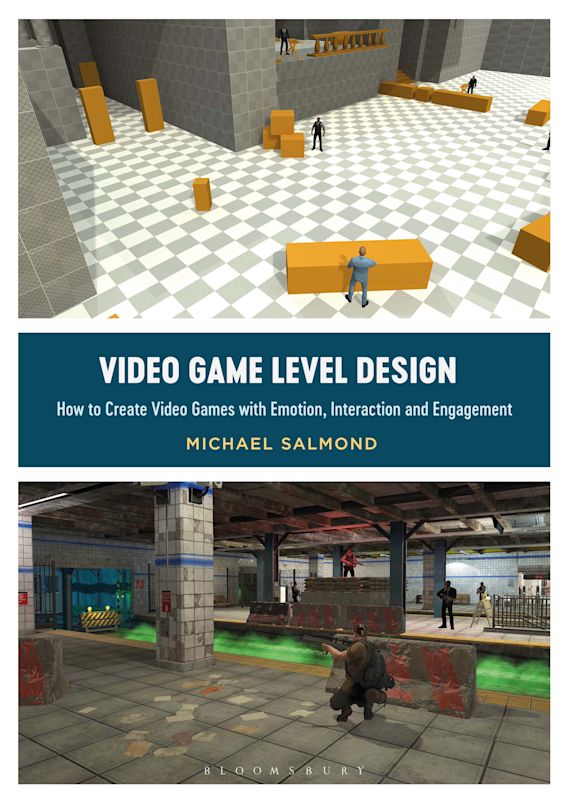Level design is a fundamental aspect of game development that can make or break a game. An engaging game world requires the implementation of spacing and flow, visual design, environmental storytelling, interactive objects, and challenge and reward. Good spacing and flow allow for smooth movement and exploration while visual design creates an emotional connection between the player and the game world. Environmental storytelling tells a story through the environment, and interactive objects add variety and interest. Challenge and reward create tension, excitement, and motivation for the player. Overall, a well-designed game world is immersive, memorable, and enjoyable for players.
Crafting Engaging Game Worlds: An Overview of Level Design Principles
Introduction
Creating an engaging game world is a process that involves several principles of level design. The creation of a game world has become an essential aspect of game development. It is the process of crafting a world that is immersive, beautiful, and exciting. A well-designed level can make the experience of playing a game much more rewarding.
Importance of Level Design
Level design is a crucial part of game development, and it can make or break a game. A poorly designed level can ruin the player’s experience and lead to frustration. On the other hand, a well-designed level can provide a sense of accomplishment and make the player want to explore more. Level design also affects the game’s pacing, as a well-paced game can make the experience much more enjoyable.
The Principles of Level Design
There are several principles of level design that can help game developers create a world that is immersive and engaging. These principles include:
Spacing and Flow
One of the essential elements of level design is spacing and flow. Spacing refers to the distance between objects in a level, while flow refers to the way players move through a level. Good spacing and flow allow players to explore the game world, interact with objects, and move from one area to another smoothly.
Visual Design
Visual design is also crucial in creating an immersive game world. It involves the creation of a visually appealing and aesthetically pleasing environment. The game world should be designed to reflect the game’s theme, setting, and characters. The visual design can help create an emotional connection between the player and the game world.
Environmental Storytelling
Environmental storytelling is another principle of level design. It involves using the game world’s environment to tell a story without the use of dialogue or cutscenes. It can create a sense of immersion, and the player can discover the story by exploring the environment.
Interactive Objects
Interactive objects are objects in the game world that can be interacted with by the player. These objects can enhance the game world by adding variety, depth, and interest. Interacting with objects can also provide the player with a sense of accomplishment and reward.
Challenge and Reward
Challenge and reward are other principles of level design that contribute to the game’s engagement. Challenges can create a sense of tension and excitement while rewards can motivate the player to explore and progress through the game.
Conclusion
In conclusion, creating an engaging game world requires the implementation of several principles of level design. These principles include spacing and flow, visual design, environmental storytelling, interactive objects, and challenge and reward. By following these principles, game developers can create a world that is immersive, memorable, and enjoyable for players.
